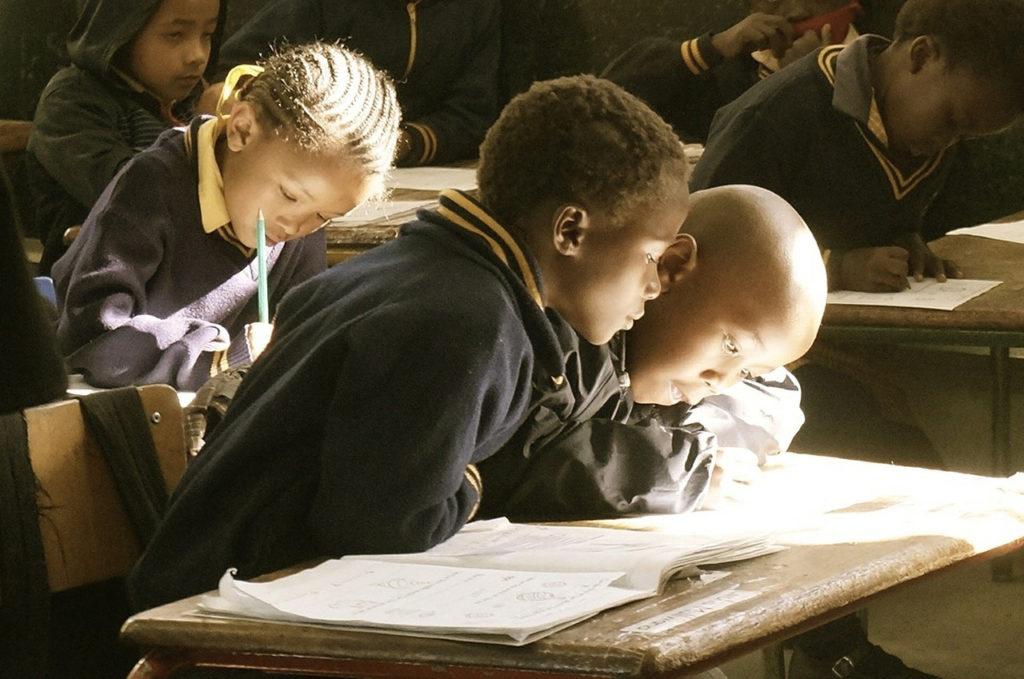At Cree-ative Youth and Family Services every youth deserves the opportunity to succeed. The goal of Cree-ative Youth & Family Services is to prepare and equip young people to meet the challenges of adulthood and achieve their full potential.
Here are just a handful of at-risk youth statistics that tell us just how critical Youth Development is.
There’s a Big Need for Youth Development
Nearly 40% of children in the United States live in low-income families with incomes at or below 200% of the federal poverty level.
Nearly 87% of the world’s youths live in developing countries.
Children from low-income families are more likely to:
- have sex before age 16
- become a gang member
- attack someone or get into a fight
- steal something worth more than 50 dollars
- run away






